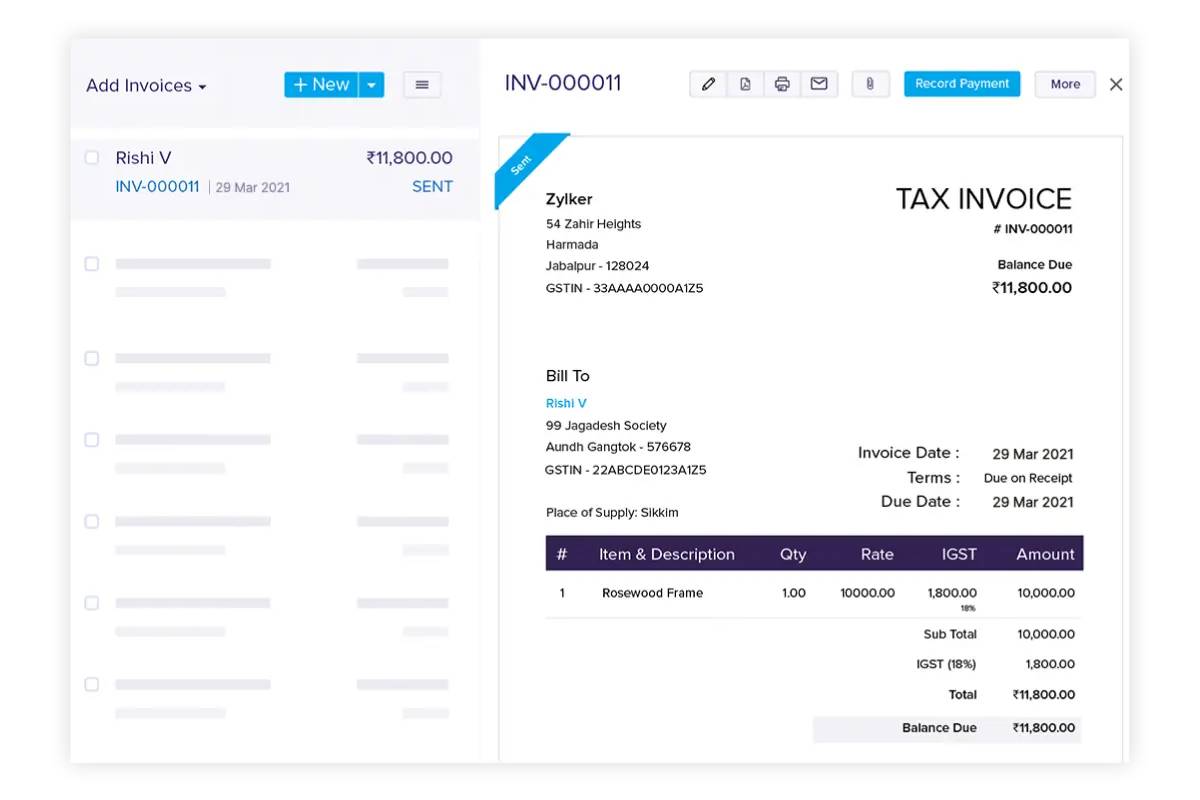
Timing Income and Expenses for Tax Advantage: A Practical Guide for Freelancers and Small Business Owners
Have you ever reached the end of the tax year and thought, “I could’ve planned that better”? If so, you’re not alone. For many freelancers and small business owners, understanding the nuances of tax timing — specifically income deferral and expense acceleration — can be the difference between a painful tax bill and a much more manageable one.
The good news? You don’t need to be a finance expert or have an accountant on speed dial to make smart choices. With a bit of forward planning and a basic understanding of how HMRC views income and expenses, you can make decisions throughout the year that support your business — and your bottom line.
In this blog, we’ll break down what income deferral and expense acceleration really mean, when to use them, and how to apply these strategies ethically and effectively to achieve legitimate tax advantages. Let’s demystify tax timing — and help you keep more of your hard-earned money.
Why Tax Timing Matters
Understanding the tax year
In the UK, the tax year runs from April 6 to April 5 the following year. When you submit your Self Assessment tax return, you’re reporting everything earned and spent during this window.
Tax timing is all about controlling when those earnings and costs fall, and using that control to your advantage.
By:
- Deferring income into the next tax year, you might lower this year’s taxable profit.
- Accelerating expenses into the current year, you increase deductible costs — again, reducing taxable income.
It’s not about dodging tax. It’s about smart, legal timing that reflects the genuine operation of your business.
What Is Income Deferral?
Income deferral means pushing income, where possible, into the next tax year. This helps reduce the taxable income for the current year and could keep you in a lower tax band.
When is this useful?
- You’re approaching the higher-rate tax threshold (£50,270).
- You’ve had an unusually high-income year and expect next year to be quieter.
- You’re planning to take time off or scale back your business.
Examples of income deferral:
- Delaying invoicing. Instead of issuing an invoice on March 30, wait until April 6. The income then falls into the next tax year.
- If you’re receiving payment later, ask a client to process your payment after April 6 if they’re willing, and the work was delivered late in the tax year.
- Postponing work Schedule lower-priority projects to begin after April 5, especially if the income won’t make a material difference now but will in the next period.
Note: HMRC is wise to artificial deferrals. Only delay income where the timing is reasonable and agreed upon by both parties. Never alter dates after the fact.
What Is Expense Acceleration?
Expense acceleration means bringing forward business costs into the current tax year so that you can deduct them now, reducing this year’s profit and tax liability.
When is this useful?
- You’ve had a profitable year and want to reduce your tax bill.
- You have planned expenses due soon anyway.
- You can pay suppliers or renew contracts in advance.
Examples of expense acceleration:
- Buying equipment or software now. Need a new laptop, camera, or accounting software? Buy it before April 5 so the expense counts in the current year.
- Renewing subscriptions early. Pay for professional memberships, insurance, or licences now — even if they begin next year.
- Stocking up on supplies. Whether it’s stationery, packaging materials, or client gifts, buying in March instead of May means you can claim the deduction earlier.
- Pre-paying for services. If you know you’ll hire a graphic designer, marketing consultant or editor, paying their deposit before 5 April secures your deduction now.
The Impact on Your Tax Band
Let’s explore why tax timing can make such a difference, especially when you’re near a threshold.
Scenario: Avoiding the Higher Rate
- Your projected income this year: £49,000
- The higher rate threshold: £50,270
Now imagine:
- You invoice £2,500 on March 30
- You also plan to buy a £1,000 camera in April
If you:
- Defer the invoice to April 6 (next year)
- Accelerate the camera purchase to March 31 (this year)
Your taxable income drops to £48,000 — keeping you well under the threshold, and saving you hundreds in tax.
It’s completely legal, ethical, and often overlooked by freelancers.
Important Rules and Considerations
1. Only claim what’s allowable
Just because you can pay early doesn’t mean everything is claimable right away. The expense must be for a business purpose and within reason for the timing.
Some long-term services (like insurance covering multiple years) may need to be spread out in your tax return, called apportionment.
2. Be consistent with your accounting method
Most freelancers use cash basis accounting.
Which means:
- You report income when you receive it
- You report expenses when you pay them
Under this system, income deferral and expense acceleration are straightforward.
If you use accrual accounting, timing is based on when work is done or when goods/services are provided, not when the cash moves.
3. Don’t get caught short on cash flow
Accelerating expenses or deferring income might help your tax bill, but could hurt your cash flow. Be sure you can afford to pre-pay — and always keep enough to cover ongoing costs.
Combining Timing with Other Strategies

Tax timing works best when integrated with other smart financial moves. Consider pairing it with:
Pension contributions
Pay into a pension before April 5 to reduce your taxable income — especially useful if you’re close to entering a higher band.
Using your trading allowance
If you earn under £1,000 from side income, you might not need to register for Self-Assessment at all. Combining this with timing keeps your admin (and taxes) low.
Charitable donations
Gift Aid contributions made before year-end can also reduce your taxable income, and they support a good cause in the process.
Real-Life Example: How Eli Trimmed £2,000 from Their Tax Bill
Eli, a freelance videographer from Bristol, had a bumper year thanks to a couple of large contracts. By February, they’d earned just over £48,000 and were on track to hit £52,000 by March — pushing them into the higher-rate tax band.
Their accountant suggested:
- Delaying one invoice (£2,200) until April 10
- Paying upfront for a software licence (£300) and camera hire for an upcoming shoot (£450)
- Adding £1,000 to their pension
Result?
- Eli’s taxable income dropped to £48,050
- They stayed in the basic rate band
- The pension top-up reduced future tax while boosting retirement savings
The combined tax saving? Just over £2,000 — all through ethical, legal, and timely choices.
Tools to Help You Track and Optimise Timing

- FreeAgent / QuickBooks / Xero – Track cash flow and expenses
- HMRC’s Personal Tax Account – Monitor your thresholds and tax bands
- Monzo Business / Starling Bank – Automate savings pots for taxes and purchases
- Tax calculators – Estimate your current liability and test “what if” scenarios
Using tech removes the guesswork — and lets you stay on top of timing decisions year-round, not just in March.
Conclusion: Control the Clock and Save More

You work hard for your income. Why hand more of it over to the taxman than you need to? Timing income and expenses isn’t about loopholes or dodgy tactics — it’s about understanding the system, thinking ahead, and running your business with clarity.
With a few well-timed actions, you can:
- Stay in the right tax bracket
- Reduce your liability
- Avoid nasty surprises at year-end
- Plan confidently for the future
Key takeaways:
- Use income deferral when your next year’s earnings will likely be lower
- Accelerate expenses that you genuinely need and can afford now
- Always check your accounting method before timing payments
- Stay legal, consistent, and proactive
Next step? Look at your calendar. Is there income you can shift or expenses to bring forward before April 5? Small moves today can lead to significant savings tomorrow.


